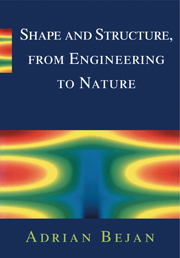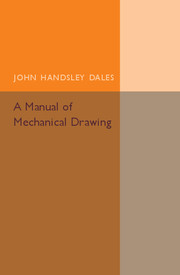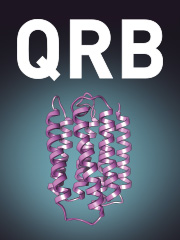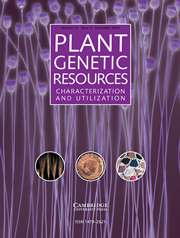Shape and Structure, from Engineering to Nature
Seemingly universal geometric forms unite the flow systems of engineering and nature. For example, tree-shaped flows can be seen in computers, lungs, dendritic crystals, urban street patterns, and communication links. In this groundbreaking book, first published in 2000, Adrian Bejan considers the design and optimization of engineered systems and discovers a deterministic principle of the generation of geometric form in natural systems. Shape and structure spring from the struggle for better performance in both engineering and nature. This idea is the basis of the new constructal theory: the objective and constraints principle used in engineering is the same mechanism from which the geometry in natural flow systems emerges. From heat exchangers to river channels, the book draws many parallels between the engineered and the natural world. Among the topics covered are mechanical structure, thermal structure, heat trees, ducts and rivers, turbulent structure, and structure in transportation and economics. The numerous illustrations, examples, and homework problems in every chapter make this an ideal text for engineering design courses. Its provocative ideas will also appeal to a broad range of readers in engineering, natural sciences, economics, and business.
- Original and provocative theme - generation of geometric form in nature follows the same principles as design and optimization in engineering
- Bejan is a very well known author of mechanical engineering textbooks
- Lavishly illustrated and with a wealth of examples that amplify the text
Reviews & endorsements
"[A] unique, path-breaking and thought-provoking book of wide readership..." International Journal of Applied Thermodynamics
"Shape and Structure makes for a very interesting reading for anyone with a minimum background in mathematics and physics. The books is well written in a lucid, enthusiastic style and meticulously copy edited and typeset by Cambridge. It contains plenty of illustrations including 15 color plates, all instructive as well as beautiful." Applied Mechanics Reviews
"...unusual and fascinating...Anyone concerned with optimization, including students taking a course on the subject, will derive inspiration and insight from this book, and anyone with an interest in engineering and nature will get a great deal of pleasure from it." Peter Bradshaw, Stanford University, AIAA Journal
"This fascinating book is recommended as a text or reference for innovative, advanced design courses in all branches of modern egineering, including biomedical, transportation, and environmental engineering, architecture and spatail economics. Further, I strongly recommend it as a must read to all engineers who are experimenting with origainal, radically different concepts and ideas and who are poised to make a lasting impact on society." Engineering Dimensions July- Aug 2001
"This book provides some intriguing insights into the workings of both the natural world and that of engineering design....extremely well written, and the discussion is supported by clear graphical illustrations and some delightful photographs....excellent book." Chemical Engineering Progress
"this delightful read conducts the reader through the marvelous world of optimal system...this is an outstanding book, highly recommended not only for physicists and engineers, but also for life scientist, physicians, architects, economists and in general, for any person interested in how natural and man-made systems are composed and perform the way they do. Reading the book is a joyful experience that further stimulates the reader's mind and contributes to the creative observation of our natural and ingenuous world." Pergamon
"...this is a useful book for a general course on efficiency in design, both on the undergraduate and graduate level." - Helmut Kirchner, Pageoph
Product details
October 2000Paperback
9780521793889
364 pages
255 × 178 × 19 mm
0.641kg
175 b/w illus. 15 colour illus. 12 tables
Available
Table of Contents
- 1. Natural form, questioning, and theory
- 2. Mechanical structure
- 3. Thermal structure
- 4. Heat trees
- 5. Fluid trees
- 6. Ducts and rivers
- 7. Turbulent structure
- 8. Convective trees
- 9. Structure in power systems
- 10. Structure in time: rhythm
- 11. Transportation and economics structure
- 12. Shapes with constant resistance
- About the author
- Author index
- Subject index.








